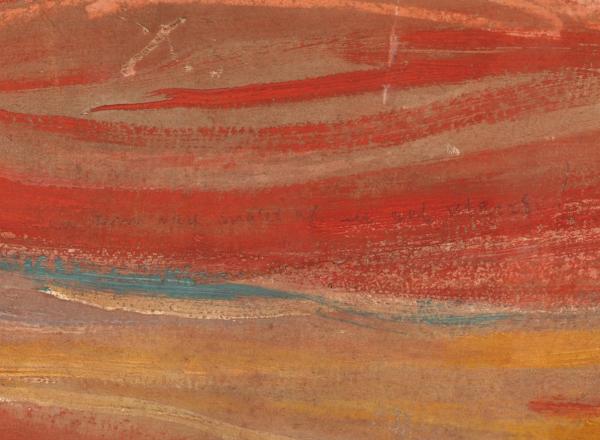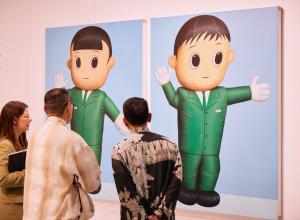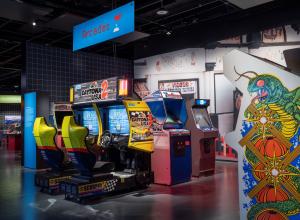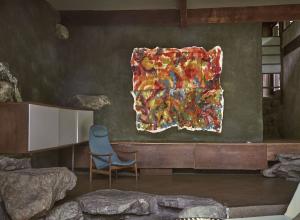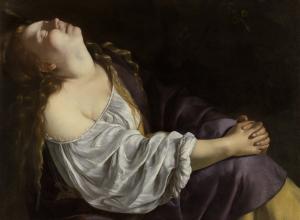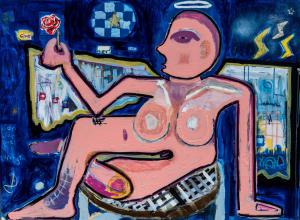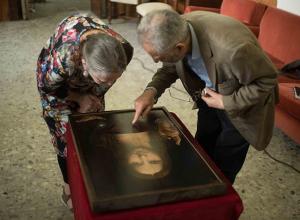Can the visual arts capture movement in stillness? This slideshow traces the representation of dance, particularly of dancing groups, through western art history with special attention paid to the trope’s Grecian origins. Maenads, the female followers of Dionysus, and Nymphs, usually following Hermes or Pan, are among the most popular dancing Greek figures. In Greek art, maenads in particular tended to appear erratic, frenzied, and clad in pelt, while, with the onset of Roman art, they became more graceful.
Art News
An emerging star on the international art scene, Robert Nava was born in 1985 in East Chicago, where he first started drawing characters from cartoons and cereal boxes as a child.
During the last week of February 2021, Miami-based art collector Pablo Rodriguez-Fraile sold a ten-second video art piece for $6.6 million. Entitled Crossroads, the video was created by Beeple and depicts the prone figure of Donald Trump—gigantic, nude, and graffitied—in the middle of an otherwise idyllic park scene.
In the new documentary, M.C. Escher: Journey to Infinity filmmaker Robin Lutz utilizes sound to create a visceral connection between the artist and his audience.
The inscription, scrolled in tiny letters across the painting's top left corner, reads “Can only have been painted by a madman!” The inscriber’s identity has been a source of debate for decades.
Unesco officials and third parties express concern after Cambodian government grants Hong Kong-based company seventy-five hectares of land to develop just 500 meters south of the World Heritage site of Angkor.
There is no doubt that the golden ratio runs rampant through the art of the sixteenth century and on. The most evident manifestation of the ratio lies in the composition of paintings and cutting of canvases
Anna Shay and Florent Bonadei chatted with Art & Object about their friendship and what high jewelry means to them.
Celebrated for his stylish sculptures of decaying technological devices and crumbling cultural artifacts, Daniel Arsham makes art that looks as though it was just discovered in an archeological dig.
YInMn Blue has caused a great deal of buzz this week as it finally becomes available to consumers. The shade was first discovered in 2009, in an Oregon State University lab, by chemist Mas Subramanian and his team. The event was happenstance—the result of experimentation with rare earth elements and semiconductors.








